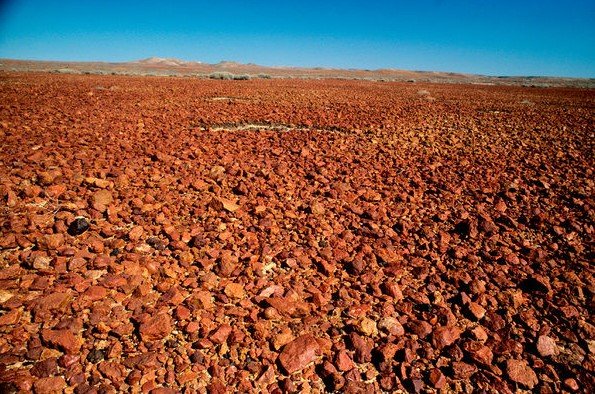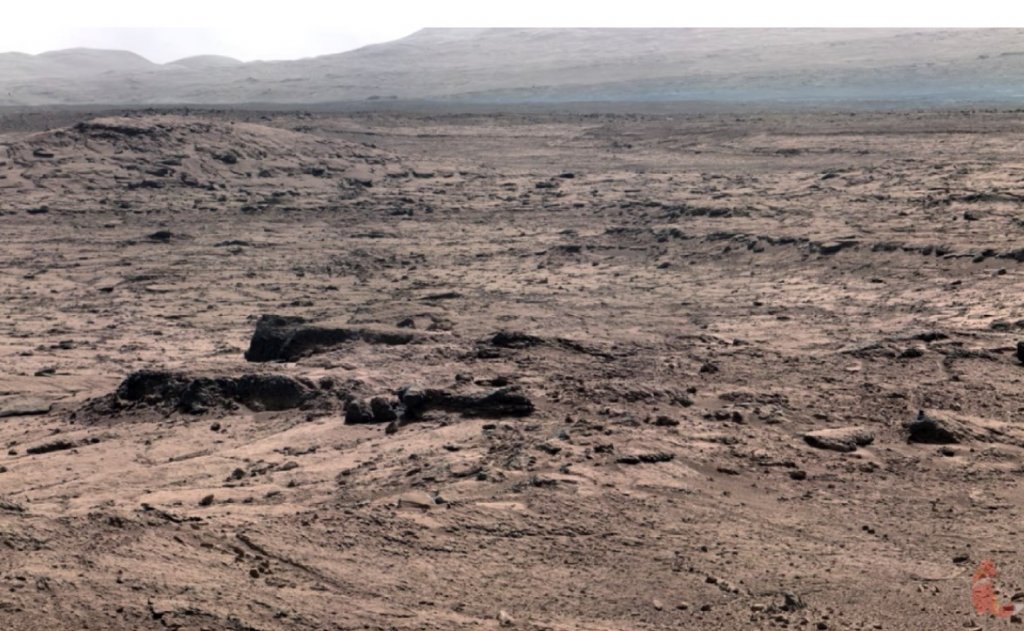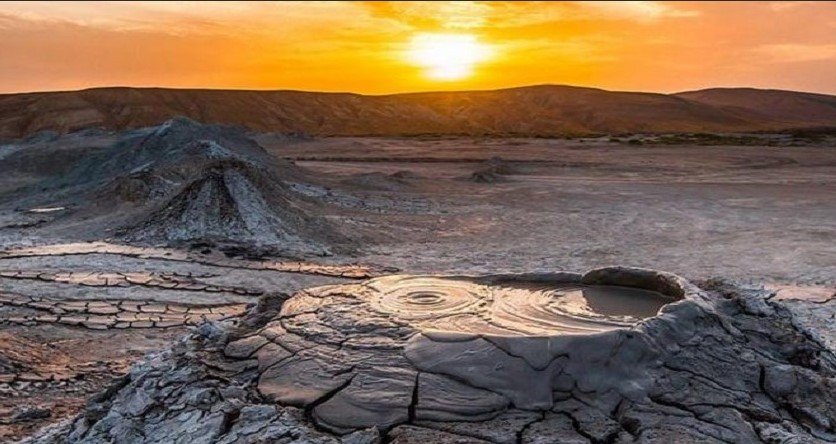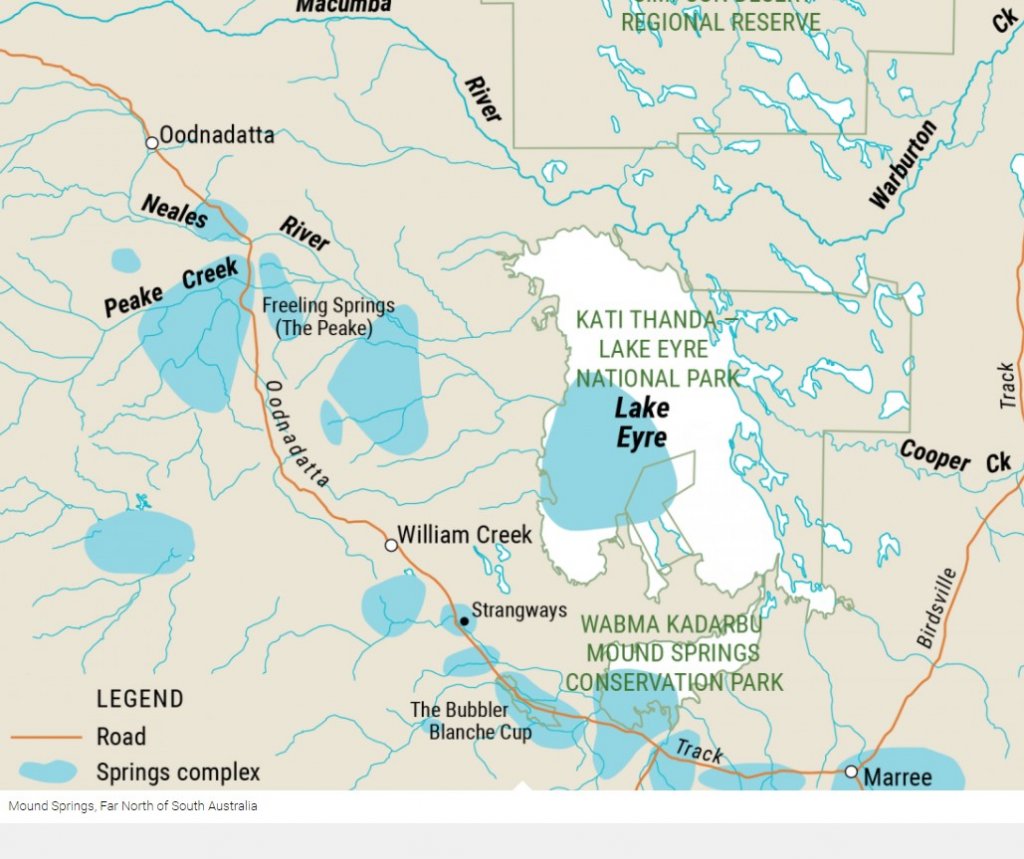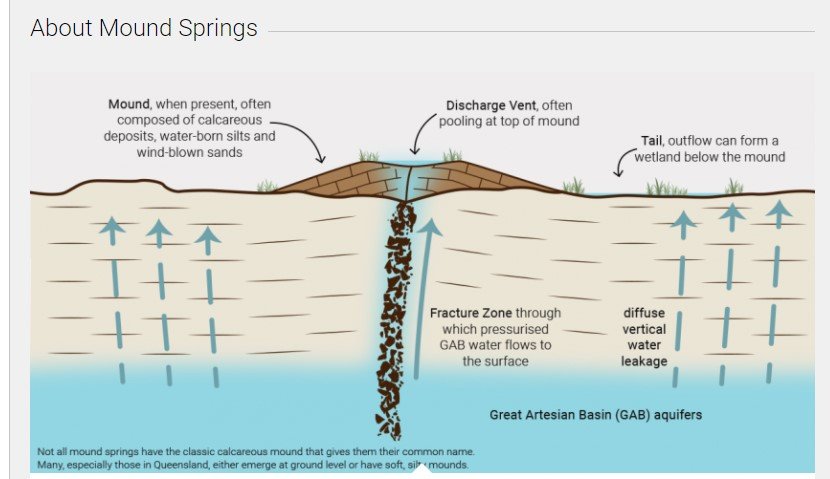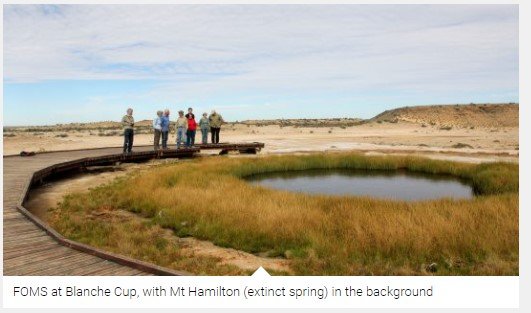Nightjar said:
Thanks for your explanations Goldierocks.
Several of the mounds had a small indentation in the middle of the mound leading we geology uneducated to name them volcanoes.
Maybe I strayed considering the opening topic was about "pipe clay"
However did mention that one "mound" gave up 1 1/2 ozs of gold around the perimeter and that we did find gold in the clay base of a creek below.
My apologies if it is boring but it definitely is "gold related" and a mystery we have lived with since finding the first "volcano" back in the early 90's.
We have one we found very remote last season that hasn't been detected, this year we will see if it is a gold producer.
Not me who thought it boring - I found it a bit fascinating (as do the Azerbadjani locals in the video below). The indentation in the middle is one reason why i mentioned mud volcanoes (a formal geological term so perhaps not so geologically uneducated

layful: ) and mound springs. But in that case the stuff in the middle could be expected to be much finer grained, as the water carries clay in suspension from depth and deposits it in the centre at surface - so related to the topic of clay. In that case as it dries, more upwelling water cracks it up and it rolls down the sides. I don't see those clay "prills" down the sides in your examples, just angular fragments of bedrock. When you say 1.5 oz, do you mean as many fine pieces or a couple of large ones?
https://www.sharetopfive.com/mud-volcanoes-most-wonderful-nature-video-inside/
They often form along fault lines, involving artesian water from below In this case a fault striking northwest along the Oodnadatta track), and I have seen them as small as 2 m in diameter. The water is deep artesian water of the Great Artesisn Basin, barely warm as a rule (just due to depth of burial) and derived from the highlands of Queensland and NSW and travelling wet until it hits the fault and goes up it.
However my points in a prospecting sense are that they are:
(1) almost certainly not of the hot epithermal type of one of your diagrams
(2) instead either (i) of mud volcano or mound spring type, with gold carried up as pieces from older bedrock deposits below (less likely), or (ii) the remains of an old rock fragment soil that has largely been removed, and possibly developed over an older deposit in bedrock and concentrated at surface by weathering (more likely) - with perhaps the mounds only being removed last above min eralised fault zones etc which may be harder to weather away.
This is relevant in that if it is the last, the structure itself may be a mineralised one and may extend beyond the limit of any "volcano" if you can recognise it. So origin could be relevant to where to focus away from mounds.
Assuming the relationship between gold and the mounds is a general one.
Hope that is clearer.
